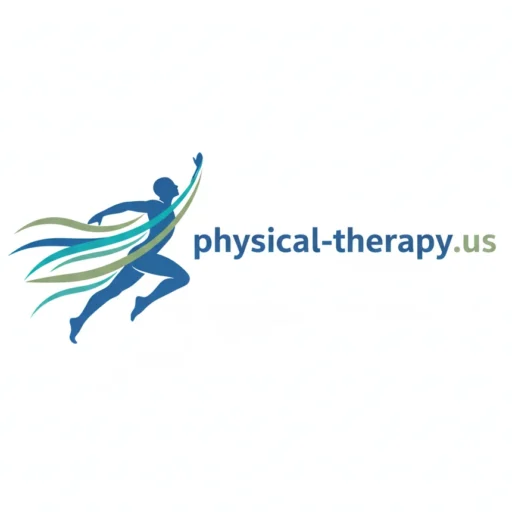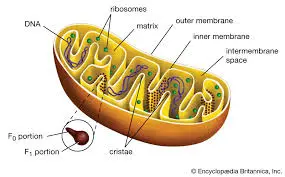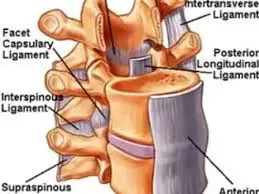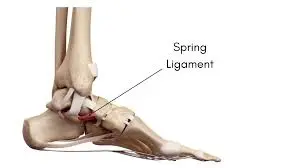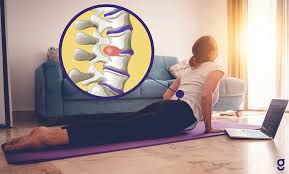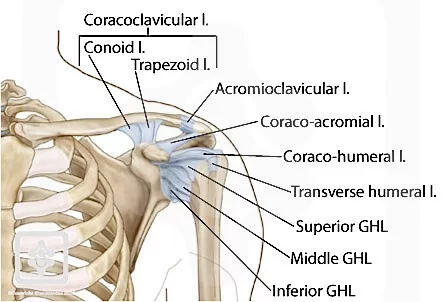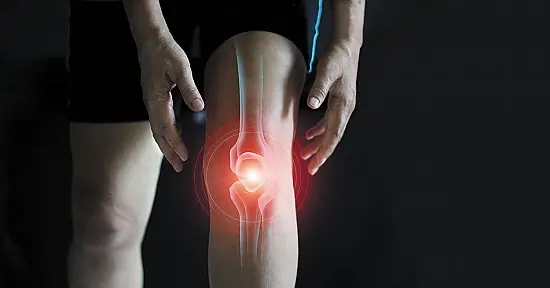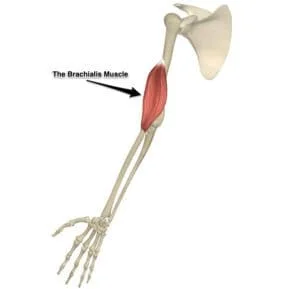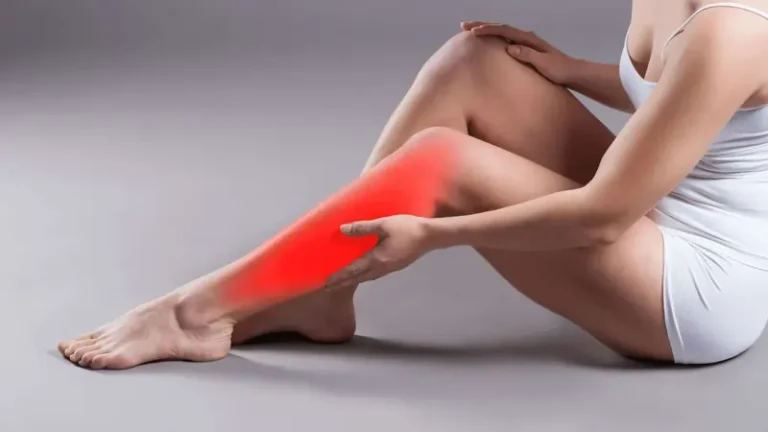H and I Test
What is a H and I Test? The H and I Stability Tests are clinical assessments used to identify lumbar spine instability, especially in patients presenting with low back pain. These tests help the therapist observe abnormal movement patterns, muscle spasms, and difficulty controlling the lumbar region during specific trunk motions. They are a key…
